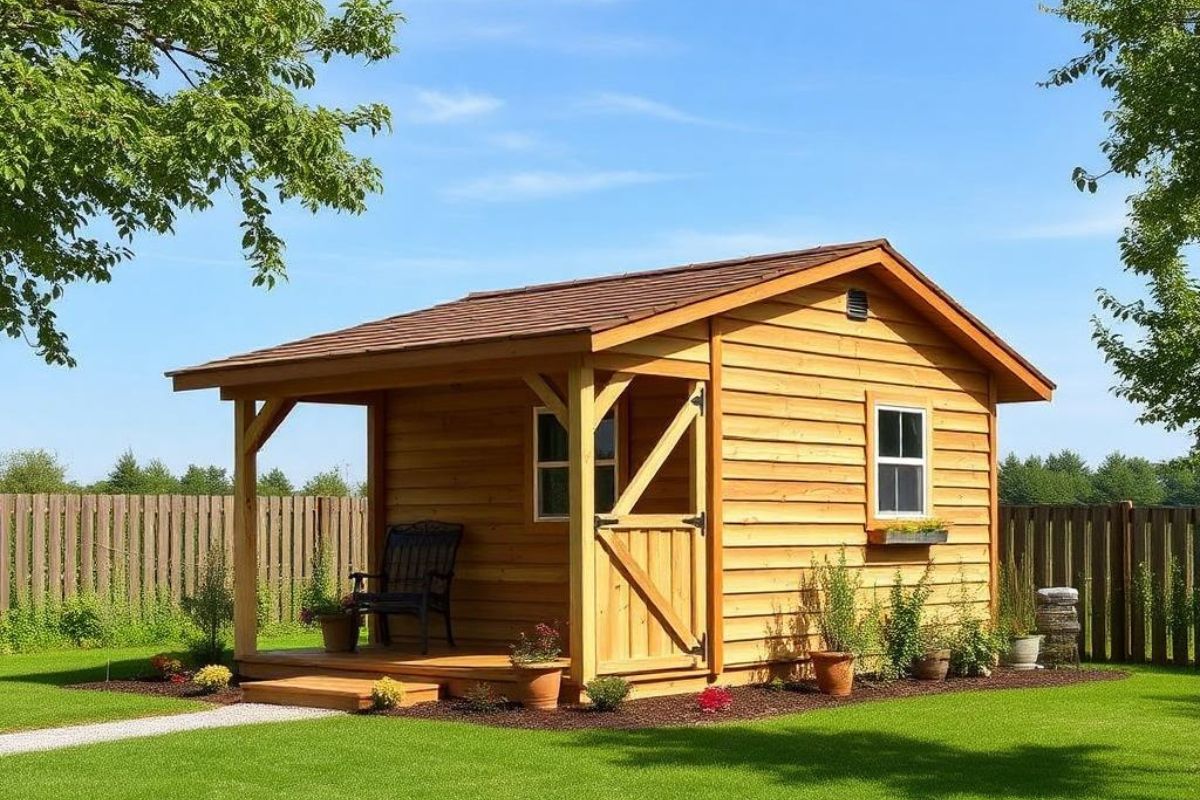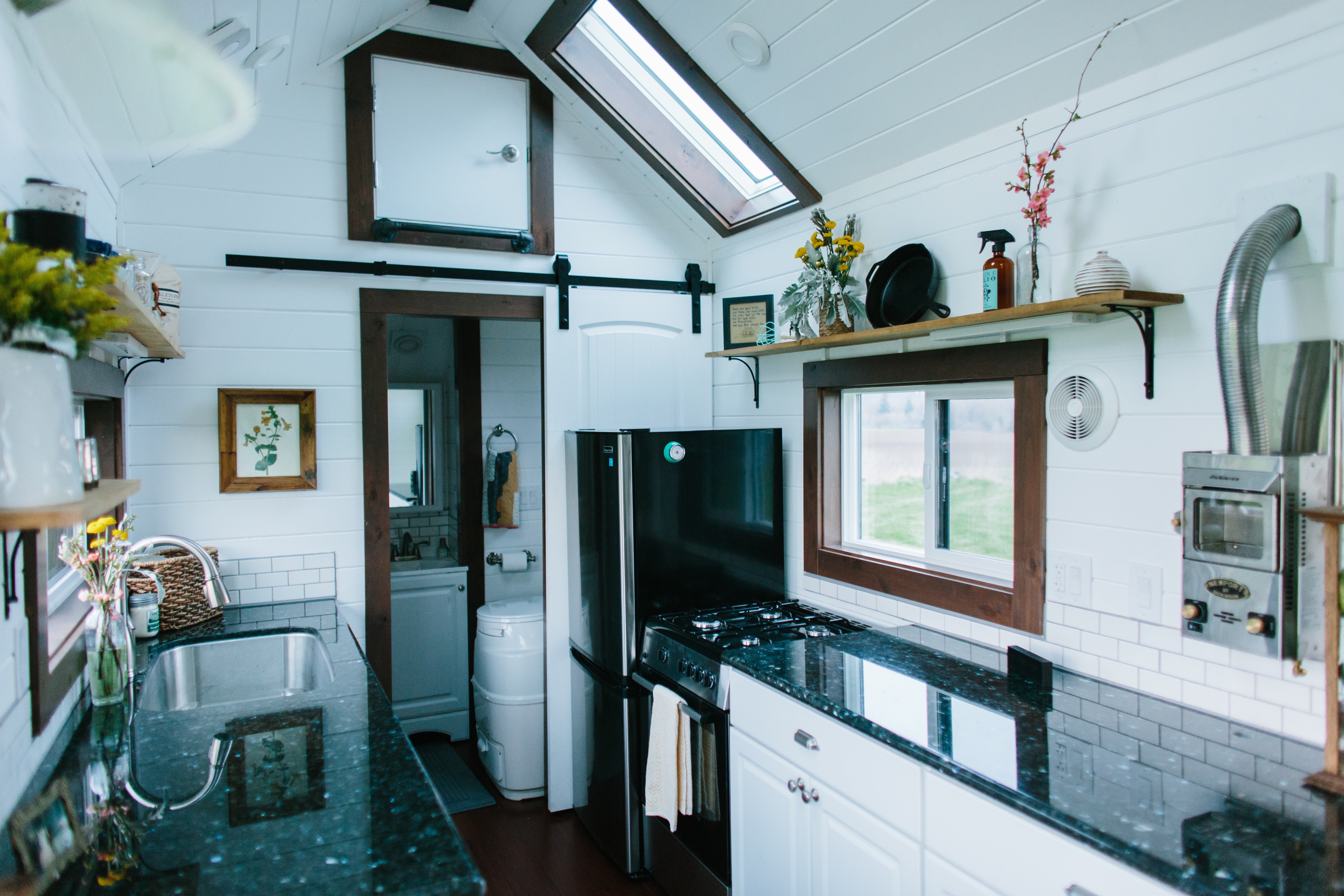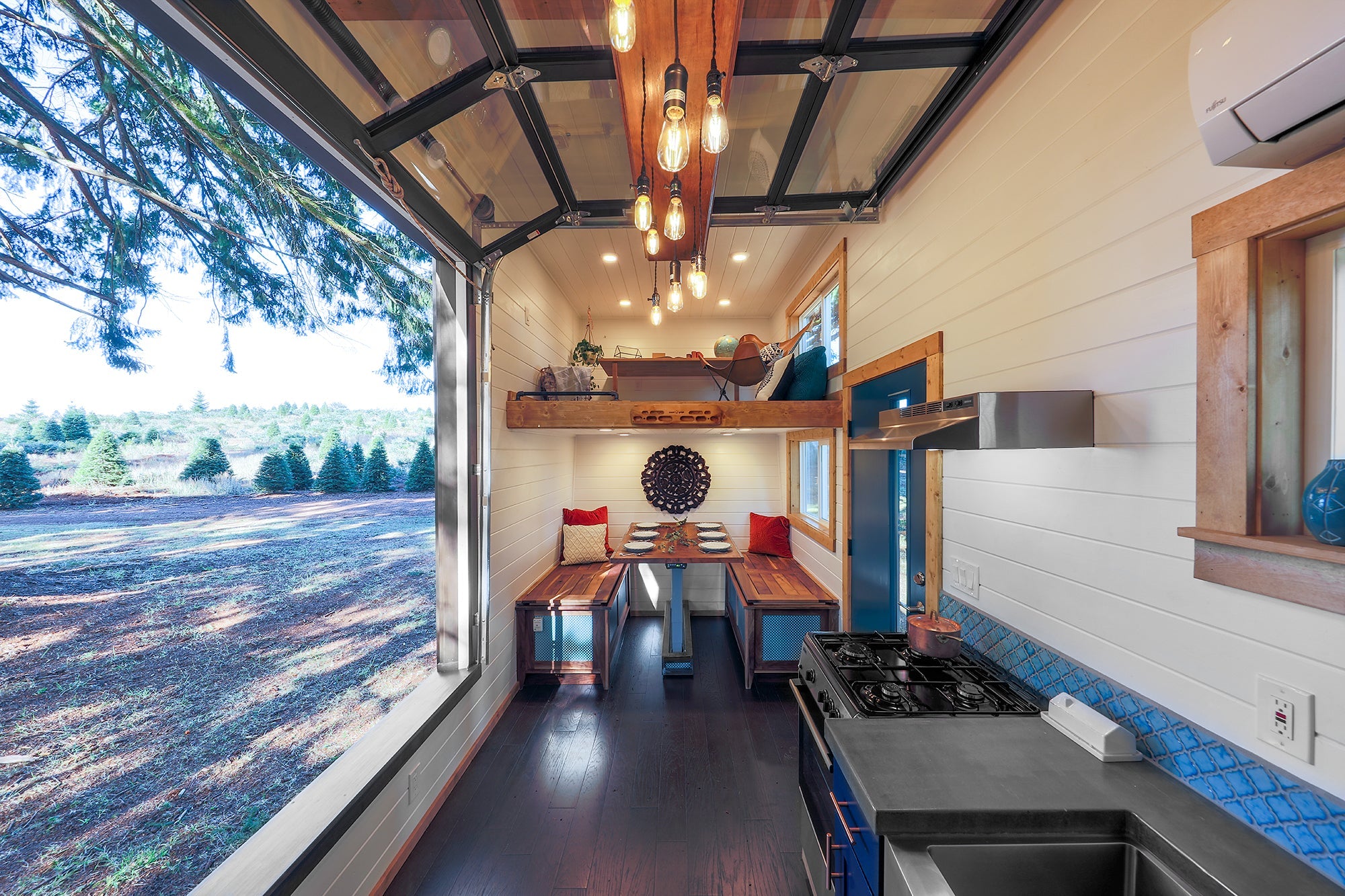For those in search of affordable and sustainable housing, transforming a shed into a tiny home can be a great option. Whether you’re downsizing, embracing minimalism, or looking for a budget-friendly way to own property, this trend offers a practical solution.
From repurposing a basic garden shed to building a customised mini oasis, the possibilities are endless. Here's a comprehensive guide to turning a shed into a tiny home, proving that you don’t need a large budget to live large in spirit.
Why Choose a Shed for Tiny Living?
Sheds are a cost-effective and flexible starting point for creating a tiny home. Typically, these structures are far cheaper than traditional housing, with basic models available for a few thousand dollars. Their compact size encourages efficient use of space and promotes sustainable living, making them perfect for individuals or small families eager to reduce their carbon footprint.
Moreover, sheds are widely available, easy to customise, and can be adapted to suit different climates and lifestyles. Whether you dream of a rustic retreat or a sleek modern abode, a shed offers a blank canvas for your tiny home adventure.

Step 1: Selecting the Right Shed
Choosing the right shed is the first step toward your tiny home dream. Consider the following factors:
- Size: Think about your living needs. While sheds as small as 10x12 feet can work for solo dwellers, larger options (like 16x20 feet) are better for couples or families.
- Material: Wooden sheds are classic and easy to insulate, while steel sheds are durable and low-maintenance. Plastic sheds, though less common, are weather-resistant and budget-friendly.
- Condition: If you’re repurposing an old shed, ensure it’s structurally sound and free from mould, rot, or pests.
Planning regulations in your area may also influence your choice. Check local zoning laws to determine whether permits are required for residential use. Engaging professionals like The Shed Company can be a good option.
Step 2: Budgeting for Your Tiny Home Transformation
One of the biggest advantages of using a shed is affordability. However, costs can vary based on your vision. Here's a breakdown of typical expenses:
- Shed purchase: $2,500–$12,000, depending on size and quality.
- Insulation and weatherproofing: $600–$2,500.
- Interior design: $1,200–$6,000 for flooring, walls, and furniture.
- Utilities: Installing plumbing, electricity, and heating can range from $4,000–$12,000.
- Permits: $250–$1,500, depending on local requirements.
Altogether, converting a shed into a tiny home can cost as little as $12,500 or as much as $45,000. While that may sound like a significant investment, it’s a fraction of what traditional homes cost. Plus, with strategic planning and DIY efforts, you can significantly reduce expenses and make your dream of affordable tiny living a reality.
Step 3: Designing Your Tiny Home Layout
The key to tiny living is maximising every inch of space. Start by listing your essential needs—sleeping, cooking, bathing, and relaxing. Then, design a layout that incorporates multipurpose areas. Here are some tips:
- Loft beds: Raise your sleeping area to create storage or a lounge underneath.
- Foldable furniture: Use drop-leaf tables, wall-mounted desks, or Murphy beds to save space.
- Smart storage: Build storage into stairs, benches, or hollow ottomans.
- Open shelving: Keep the space feeling airy and uncluttered.
Using online 3D modelling tools can help visualise your layout and identify potential design challenges before construction begins.
Step 4: Insulating and Weatherproofing
To make your shed comfortable year-round, proper insulation is a must. Consider these materials:
- Spray foam: Great for filling gaps and providing excellent thermal performance.
- Fibreglass: A cost-effective and widely available option.
- Rigid foam boards: Ideal for walls and floors, offering high insulation value.
Seal windows and doors with weatherstripping to keep out drafts, and install a vapour barrier to prevent moisture damage. If you live in a colder region, adding a small wood-burning stove or electric heater can ensure a cosy living space.
Step 5: Installing Utilities
A truly livable shed-tiny home requires running water, electricity, and possibly a heating or cooling system. Here’s what to consider:
- Plumbing: If your site allows, connect your shed to municipal water and sewage lines. Alternatively, composting toilets and greywater systems are eco-friendly options.
- Electricity: Solar panels can power off-grid homes, but connecting to the grid is often more straightforward.
- Heating and cooling: Mini-split systems or portable heaters/AC units are perfect for small spaces.
Hiring professionals for utility installations ensures safety and compliance with local building codes.
According to ProLux Materials, an underfloor heating system is the number one way to heat a tiny house. These systems take up practically no space, run on electricity, and make no noise. On top of this, heating such a small area will mean very manageable running costs!
Step 6: Adding Interior Finishes
Once the basic structure is ready, it’s time to add personality to your tiny home. Interior finishes can transform a plain shed into a warm and inviting space. Consider:
- Walls: Paint or panel walls with light colours to create an illusion of space.
- Flooring: Laminate, vinyl, or reclaimed wood are durable and budget-friendly options.
- Lighting: Use LED fixtures, string lights, or skylights to brighten the space without consuming much power.
- Decor: Keep it simple with compact furniture, plants, and personal touches like artwork or rugs.
Step 7: Embracing Off-Grid Living
If your shed is located in a rural area, off-grid solutions can make your tiny home self-sufficient. Consider:
- Solar power: Install panels and a battery system to power lights, appliances, and electronics.
- Rainwater harvesting: Collect and filter rainwater for everyday use.
- Composting toilets: These eliminate the need for a sewage connection.
Off-grid systems are not only environmentally friendly but also reduce long-term living expenses.

Benefits of Shed Tiny Homes
Tiny shed homes offer numerous advantages beyond their cost-effectiveness:
- Minimalist Lifestyle: Shedding unnecessary belongings leads to a simpler, more fulfilling life.
- Customisation: Every detail of your tiny home can reflect your personal style.
- Mobility: Smaller homes are easier to relocate if you ever want to change scenery.
- Environmental Impact: Downsizing reduces your carbon footprint and encourages sustainable practices.
Challenges to Consider
While the rewards of shed tiny living are immense, it’s not without challenges. Small spaces require careful organisation, and living minimally may take some adjustment. Additionally, navigating local zoning laws can be tricky. Thorough research and planning will help you overcome these obstacles.

Is Shed Tiny Living Right for You?
Turning a shed into a tiny home isn’t just about saving money—it’s a lifestyle choice. It’s about embracing simplicity, sustainability, and the joy of creating a home tailored to your needs. If these values resonate with you, a shed tiny home might be your perfect match.
In conclusion, sheds offer an affordable and flexible foundation for tiny homes. With careful planning, smart budgeting, and a touch of creativity, you can create a space that’s not only functional but truly feels like home. So why not take the plunge? Your tiny home dream may be just a shed away.






Share: